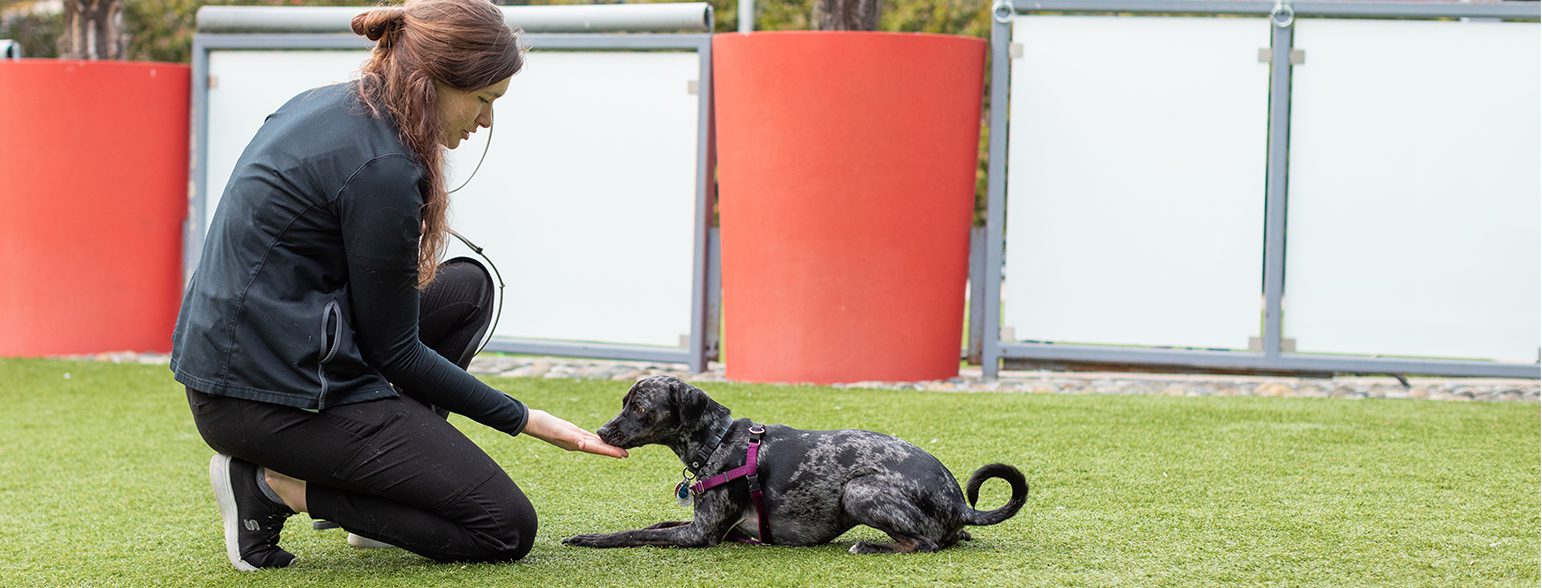
Behavior & Training
Mission Campus.
Here to Help
Our veterinary behaviorists and support team provide expert care and guidance for
any behavior query or issue you may face. Many behaviors are normal reactions to the animal’s environment, but sometimes professional help from a qualified veterinary behaviorist is essential.
Consultation Process
Physical Exam
Whenever possible*
Diagnosis
Identification of concerns
Treatment
Personalized pet plan
Support
Behavioral support included
*without increasing the animal’s fear or anxiety.
Schedule a Consultation
To schedule a consultation please email us at behaviorinfo@sfspca.org.
No time to chat? You can also complete the form linked below.
Why Choose Us?
Meet Our Doctor

Alison Gerken, DVM Behavior
University of California, Davis
Working with animals all day is a huge perk to my job, but what excites me most is working with people who love pets. My colleagues are the most compassionate humans in the world, and I’m deeply enriched by my interactions with so many devoted pet parents. Working in veterinary medicine is not an easy job, but the love I see for animals every day inspires me and instills me with hope.
Behavior Resources
You can access helpful information and expert guidance here.

We’ve had dogs for over 40 years and had experience with all types of trainers. Nothing has ever worked for us like the SF SPCA program.
—Bobo’s Dad
